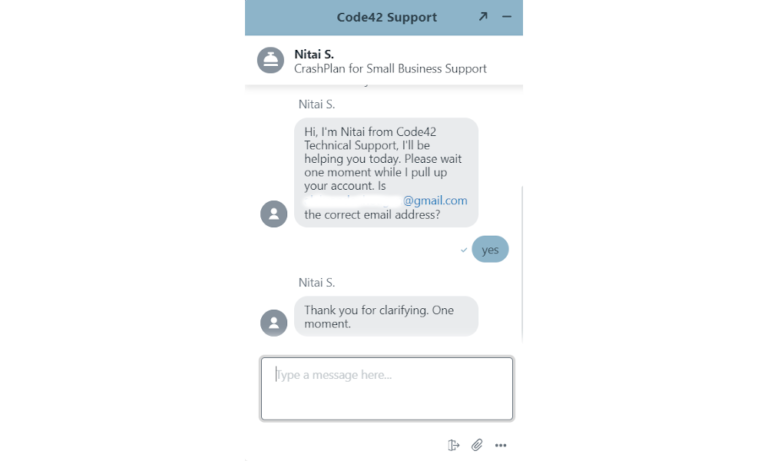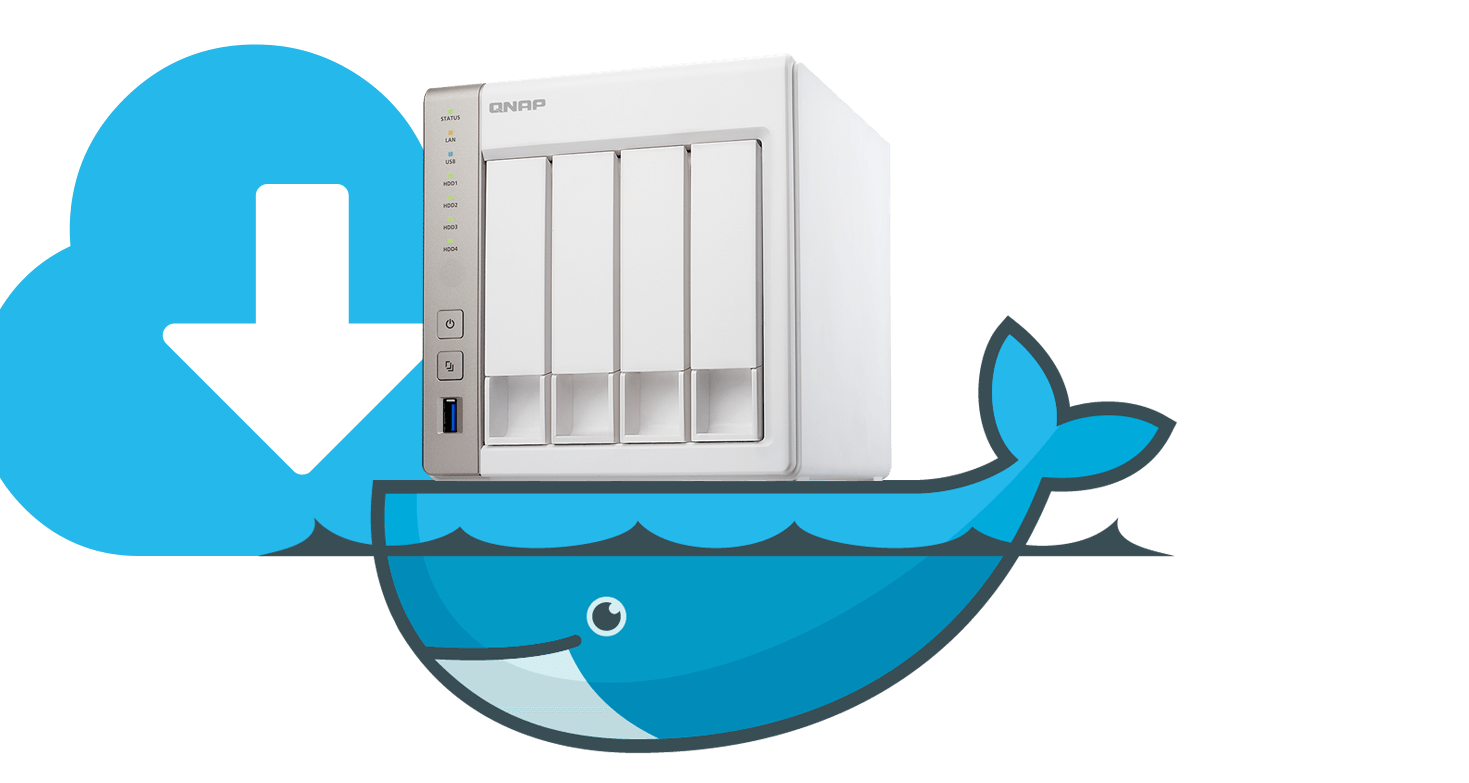

It can be a little complex to set up, but it's worth it. Most of NASs have access to backup solutions, including both local backups (to network shares and attached USB drives) as well as cloud backup solutions.įor example, we're big fans of CrashPlan, which is a downloadable option on a range of devices such as QNAP, Thecus, Synology and some WD NASs. Changing it will destroy all the data currently on the NAS, however, so make sure you back up beforehand! Prev of 6 Next Prev of 6 Next You can also change it later by heading to the disk/storage/volume manager in the NAS configuration console. You can set up RAID during the initial NAS configuration – there's often a wizard that will walk you through the initial drive configuration. For example, in a four by 4TB drive NAS, you'd only have 12TB capacity. This spreads parity information across the drives such that any one hard drive can fail without you losing any data. On a three-or-more drive NAS, look to RAID 5.

Yes, you lose half your capacity, but you'll likely never lose data. On two-drive NASs, RAID 1 (or 0+1) is your best bet. RAID also combines multiple drives into a single "logical" volume – so multiple drives appear to be a single high-capacity drive in use. RAID can be configured to dedicate one or more drives in NAS as parity or mirror drives – you lose that hard drive as a storage device (reducing your overall capacity), but if one of the hard drives in the NAS fails, you won't lose any data – you can simply replace the hard drive. NAS does this via a technique called RAID – redundant arrays of inexpensive disks. One thing you should definitely think about is configuring your NAS for reliability.


 0 kommentar(er)
0 kommentar(er)
